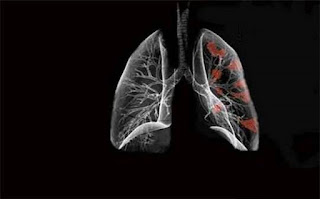What types of tuberculosis can be divided into? What symptoms indicate that you may have tuberculosis?
 |
| What types of tuberculosis can be divided into? What symptoms indicate that you may have tuberculosis? |
What types of tuberculosis can be divided into?
(1) Primary pulmonary tuberculosis Primary tuberculosis is caused by the first infection of Mycobacterium tuberculosis. Mycobacterium tuberculosis directly infects the lungs through the respiratory tract, which is more common in children and adolescents.
(2) Hematogenous disseminated tuberculosis Tuberculosis enters the bloodstream, and tuberculosis caused by blood-infected lungs is called blood-borne disseminated tuberculosis. This disease is more common in children and can occur in adults.
(3) Secondary tuberculosis is mostly caused by a large number of newly infected tuberculosis when the body's resistance is reduced. This category is the main type of tuberculosis, which occurs mostly in adults and lasts for a long time and is prone to recurrence.
What symptoms indicate that you may have tuberculosis?
The following situations should be highly alert to the possibility of tuberculosis:
(1) Repeated cough and cough: lasts for more than 3 weeks, and is not effective after ordinary anti-infective treatment;
(2) Blood or hemoptysis in the sputum;
(3) Long-term low heat (between 99℉ and 100℉);
(4) Joint pain, skin erythema (people with low body resistance or original lung disease are susceptible to tuberculosis) in people with susceptibility to tuberculosis;
(5) Close contacts of patients with tuberculosis.










